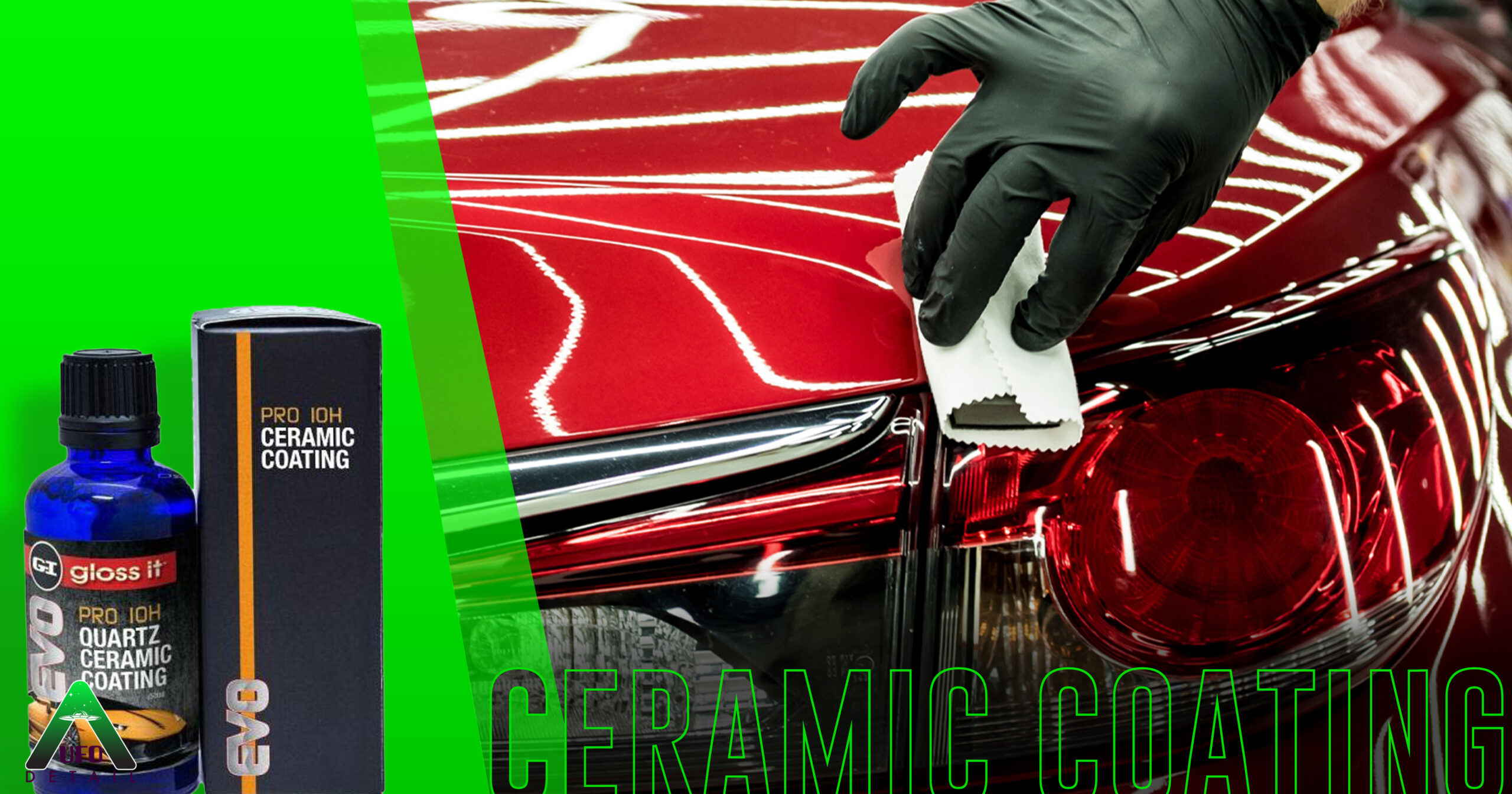Complete Car Headlight Restoration Guide
Your car headlights need to be in good working order to keep you and others safe on the road. You also have a legal responsibility to make sure your vehicle is roadworthy. Therefore, it is important to seek out a car headlight restoration service if you have any concerns whatsoever about the appearance or functionality of your headlights. Common problems that you need address include scratches, foggy-looking headlights, or discoloration from too much exposure to strong sunlight. UV affecting the acrylic headlight lens causes this discoloration is oxidation. Headlights have a clear coating to reduce this effect, but it gradually wears away and the lens starts to discolor.
Heavy oxidation reduces light output from your car headlights. This can increase the risk of accidents, particularly when driving at night. Headlight restoration can help to avoid this. Studies have shown that daytime running lights can also reduce car accidents. The reason is simple. Your car is more visible to pedestrians and other motorists, even during the day when it is naturally light thanks to bright headlights. Furthermore, cleaning cloudy, or foggy headlights not only prioritizes road safety day and night but can also help you save money that you would otherwise have to spend on a costly headlight replacement.
Professional Car Headlight Restoration Service
If you want to do something about your hazy or discolored headlights, here is what you should expect when you use a reputable car headlight restoration service.
Protecting Paintwork
Headlight restoration treatment begins with the preparation stage. A car headlight restoration service may include the careful removal of the headlights before the clean-up and restoration begins. However, most professional detailers prefer to keep the headlights in place. If this is the case, careful preparation is important. The detailer will use a couple of layers of masking tape around the headlights to protect the car paintwork while they work, especially when using sandpaper (see below). They may also cover the hood and surrounding area with plastic sheeting or some other type of covering.
Car Headlight Restoration Service Includes Sanding to Remove Oxidation
Different grades of specialty fine grit sandpaper are used to remove all signs of oxidation and imperfections. First, the detailer will spray the headlights with water to help act as a lubricant. Then the sanding process takes place with occasional spritzes of water to help rinse and clean the area. The detailer carrying out the car headlight restoration service will rub the lens area to gradually remove all the oxidation. Then he will do sanding evenly back and forth for a consistent finish. Sandpaper is a key component of car headlight cleaning supplies because it effectively removes the oxidized layer of plastic that makes the lens look discolored and cloudy.

Rinsing Off Residue
Wiping down the lens and thoroughly rinsing with water will remove any residue left behind from the sanding stage. The lens should feel quite smooth to the touch at this point. However, it will still look hazy. Buffing with a dry microfiber towel will leave the headlight lens clean and dry ready for the next important step in the car headlight restoration service.
Using Rubbing Compound and Buffer to Restore Lens
The professional tools used in a car headlight restoration service include a rotary polisher. This handy piece of equipment will effortlessly remove any remaining marks or sanding scratches. The detailer will also use a rubbing compound that is suitable for cleaning plastic automotive lenses. The compound is simply dotted onto the rotary polisher and applied to the lens to buff away any traces of haziness and minor imperfections to achieve the glass-like finish found on a brand-new lens.
Adding Wax or Sealant
Once the rotary polisher has cleared the headlights, any residual polishing compound will be wiped off. The final stage of a car headlight restoration service is to make sure the headlights are protected from fading or any new signs of oxidation because of exposure to UV rays. The detailer will choose a wax or sealant that is suitable for use on plastic lenses to help prevent headlights from yellowing and protect them from other contaminants.
Buffing the Headlights with a Soft Cloth
After the wax has been applied, it is left to dry for about half an hour. Then all it takes is a soft microfiber towel to go over the lens to remove any excess sealant or wax. If you ever consider attempting DIY Headlight restoration, be sure to choose a quality wax that will offer maximum protection.
Removing Protective Tape
Once the detailer is satisfied that the car headlight restoration service is complete, the surrounding tape is removed. Your car headlights will now be looking as good as new again and feel smooth to the touch. This flawless finish not only looks great but will offer optimum light output to keep you safe when you are on the road. Your visibility for night driving will be enhanced and you will also be more visible to other road users and pedestrians whenever you are out in your vehicle.

Conclusion
Choosing a reputable car headlight restoration service to tackle oxidation damage will improve the appearance and performance of your headlights. Yes, you can buy DIY Headlight restoration kits to tackle dull and yellowing lenses, but it is not a quick job. It requires time, care, skill and, preferably, experience. Therefore, if you would much rather leave the hard work to the professionals, a car headlight restoration service is an excellent idea.
A good car headlight restoration service will include careful preparation to make sure there is no damage to the car paintwork. The detailer will also use all the correct equipment, plus have the best compounds and sealants to achieve excellent results. Technique is important too, including going right to the edges of the headlight to make sure nothing is missed.













